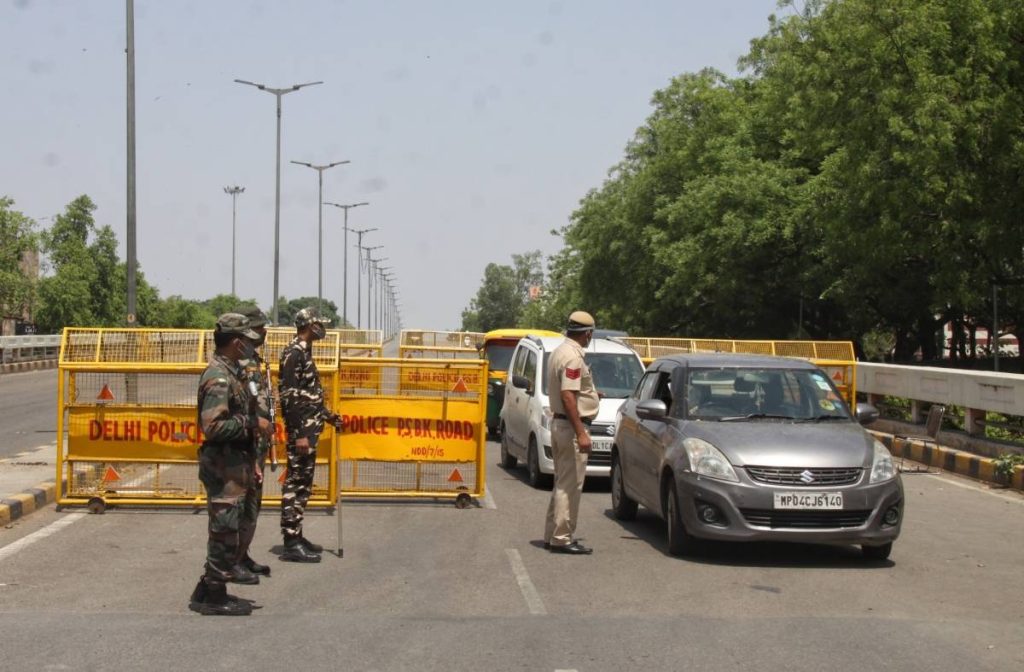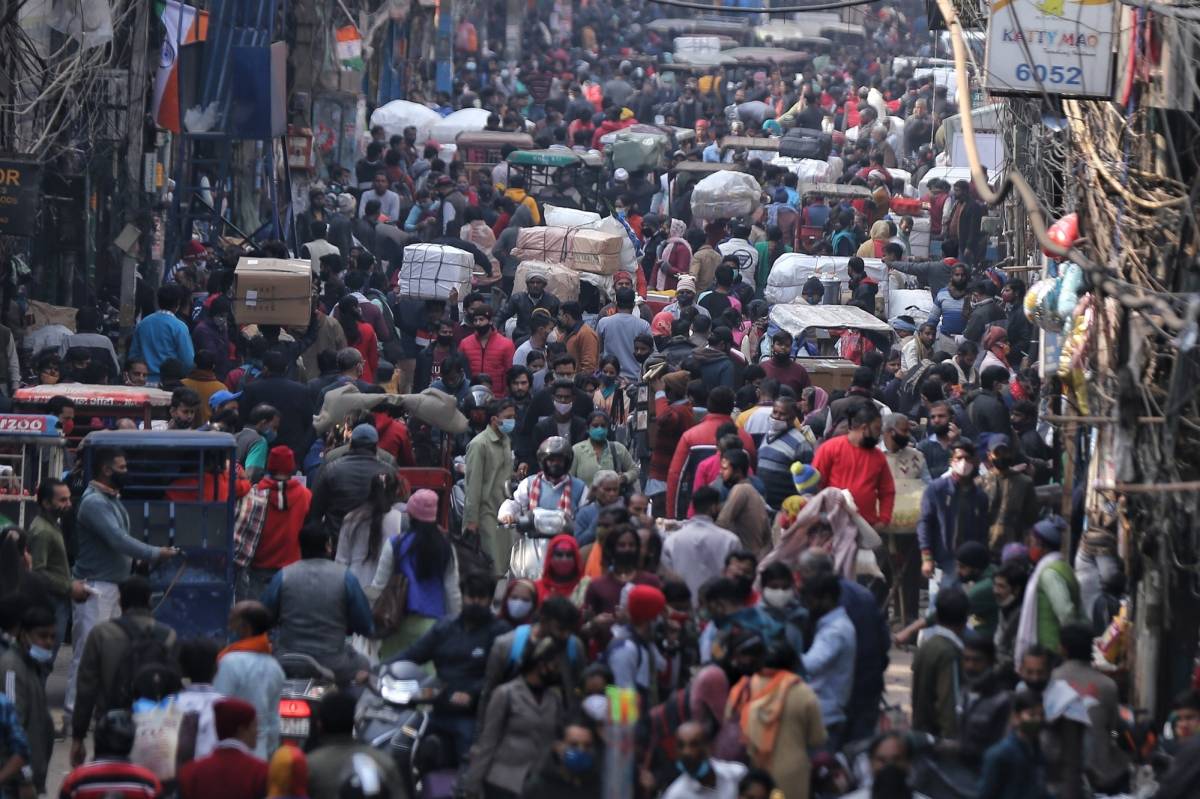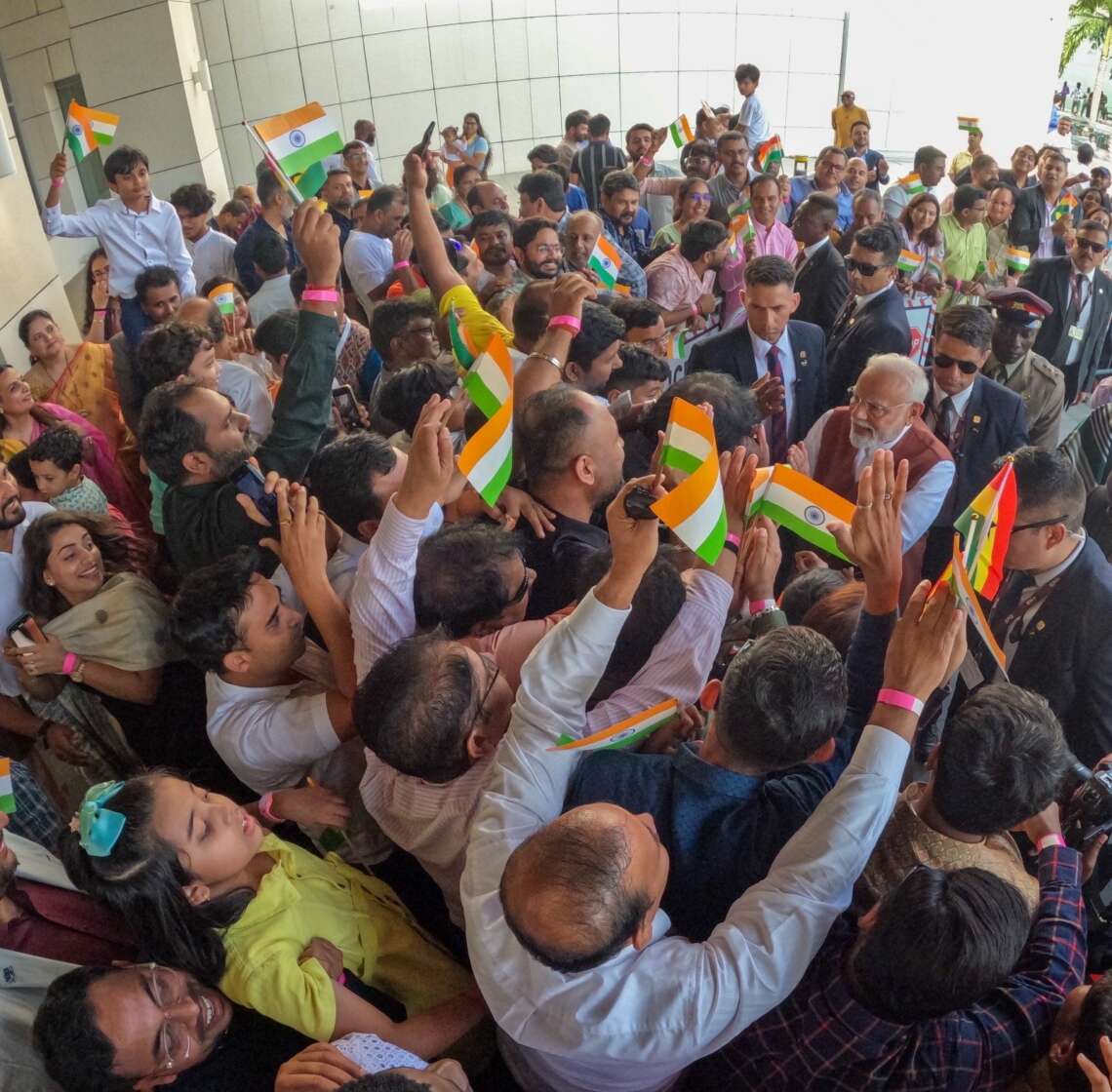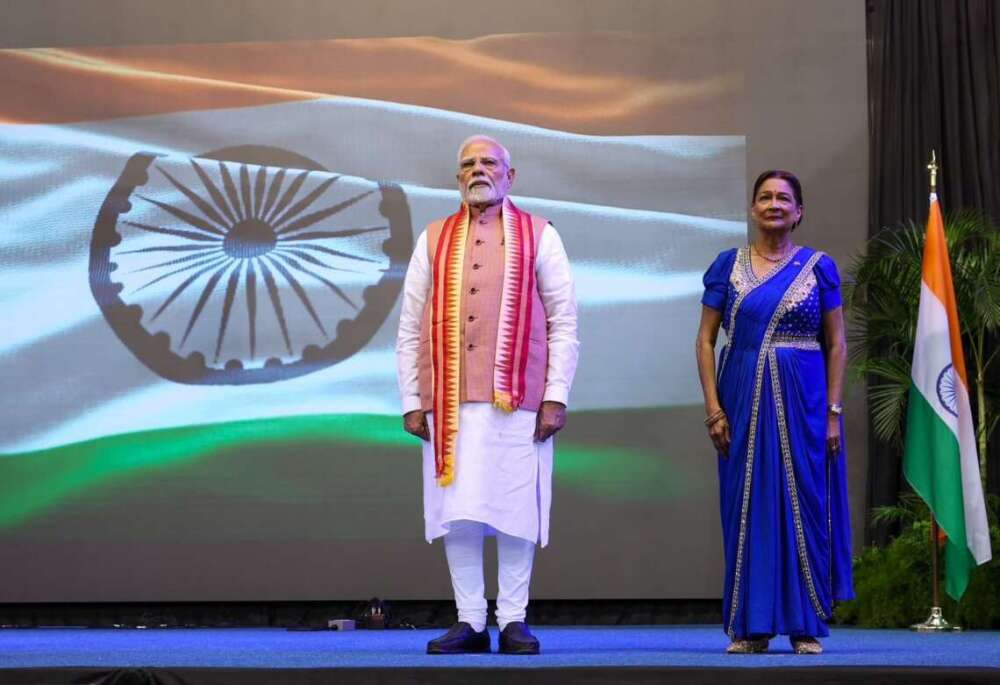India on Thursday registered single-day rise of 90,928 cases, a significant rise from 58,097 Covid cases the previous day. A total of 325 deaths have also been reported in the same time, taking the total death toll to 4,82,876…reports Asian Lite News
The Election Commission on Thursday reviewed the current Covid situation in the five poll-bound states with Union Health Secretary Rajesh Bhushan, AIIMS Director, Dr Randeep Guleria, and ICMR chief Dr Balram Bhargava.
Five states scheduled for Assembly polls this year are Uttar Pradesh, Uttarakhand, Goa, Punjab, and Manipur.
According to a source, the health experts have briefed the top Election Commission officials to focus majorly on virtual rallies, seeing the unprecedented rise in the Covid cases across the country. The need to ramp up the vaccination process was also emphasised.
The source said that the need to ensure complete vaccination of eligible population was stressed to the Health Secretary in the meeting.
This is the second time that when Bhushan briefed the EC top officials on the emerging Covid situation in the country and poll-bound states in particular. Earlier, the meeting was held on December 27 with health experts in which the Election Commission had asked to speed up the vaccination drive in the poll-bound states.
India on Thursday registered single-day rise of 90,928 cases, a significant rise from 58,097 Covid cases the previous day. A total of 325 deaths have also been reported in the same time, taking the total death toll to 4,82,876.
The active caseload has also jumped at 2,85,401 which constitute 0.81 per cent of the country’s total positive cases.
India’s Omicron infection tally has climbed at 2,630 across the nation. However, out of total Omicron positive, 995 have been discharged from hospitals. So far total 26 states have reported Omicron infection.

Rise in Covid likely in these states
Maharashtra, Tamil Nadu, Gujarat, Rajasthan, Karnataka, Delhi, Uttar Pradesh and Andhra Pradesh are the hotspots for the Covid-19 pandemic in India, according to a study released by the Indian Institute of Technology (IIT) Mandi on Thursday.
The states are currently seeing a significant rise in Covid cases.
In almost all of these states, international migration is a significant factor. For this reason, the researchers recommend that in future cases of pandemic outbreaks, travel to and from these states should be carefully monitored.
The study, published in peer-reviewed journal Current Science, was performed on 640 districts from April 1 to December 25, 2020.
For the study, the team found common patterns between the Spanish Flu (1918-1919), H1N1 (2014-2015), Swine Flu (2009- 2010), and Covid-19 (2019-2021) outbreaks and Covid-19.
They also found that water bodies have a strong influence on a region’s microclimate in terms of temperature and humidity, contributing significantly to regional climate change, commonly referred to as the lake effect.
“There has been a striking similarity in the focal point and route of transmission of different epidemics in India, such as Spanish flu, H1N1, Swine flu and Covid-19. Mostly all the pandemics have started and found their epicentres in the northern, western, and southern parts of India,” said Dr. Sarita Azad, Associate Professor, School of Basic Science, IIT Mandi, in a statement.

Furthermore, the researchers examined the temperature variations across districts that are close to large bodies of water to understand the spread of Covid-19 in these areas.
The average minimum and maximum temperatures in these districts are about 3 and 5 degrees Celsius lower than neighbourhoods in July, which is attributed to the lake effect. The cooler climate conditions may have contributed to the increase in cases in districts that are close to water bodies.
“We also found that districts with direct access to large water bodies had a sudden increase in cases during monsoon (as high as 800 per cent) compared to the preceding season. Hence, strict precautionary measures should be imposed in these districts before the beginning of monsoon season during an outbreak, Azad added.
In addition, the researchers estimated R0 values for these districts until August 31, last year, and the results indicated that their R0 values are much higher than those of the primary hotspot states.
In epidemiology, the basic reproduction number, commonly known as R0, quantifies the disease spread and finds the expected number of cases directly generated by one case in a population.
The researchers recommended a targeted approach to be taken in states with a higher international migration rate and stated that strict precautionary measures should be taken in districts near large bodies of water before the monsoon season begins.
The high R0 observed in these districts during monsoon suggests that these areas be given priority if immunisation is available.














